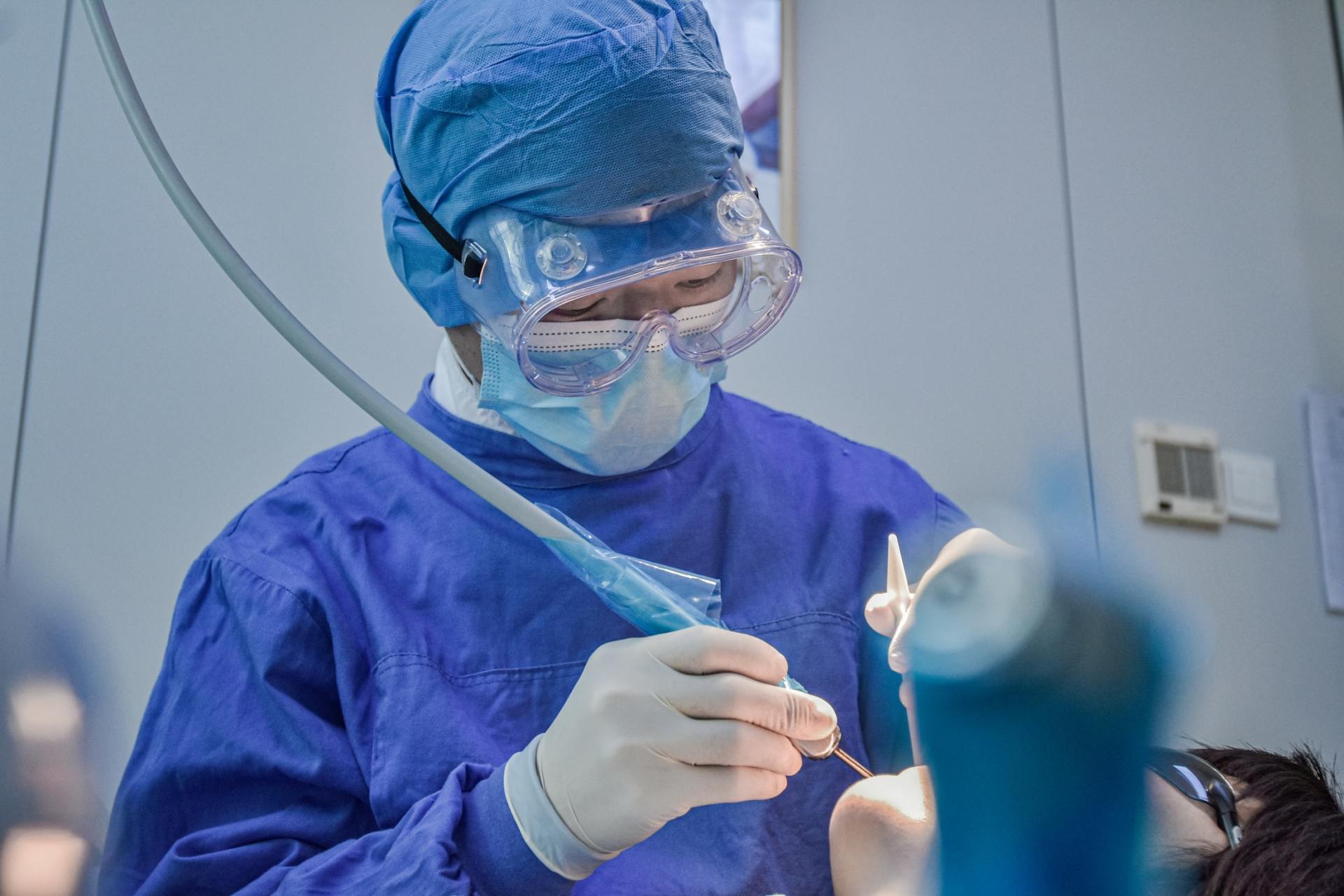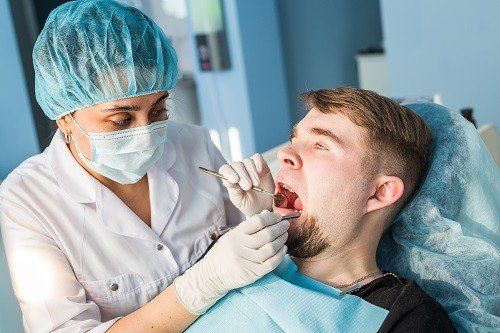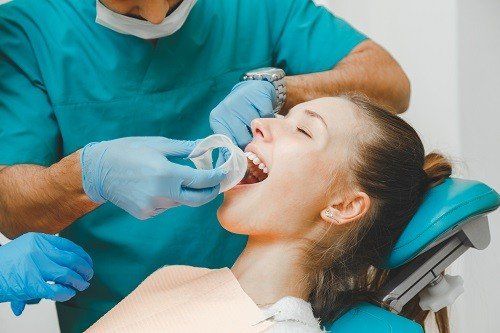What is Ankyloglossia?
Ankyloglossia is a fairly common disability seen in children that’s treated easily when it’s diagnosed early enough. The more common name for ankyloglossia is being "tongue tied," and it’s found in between four and six percent of human beings.
This condition occurs when a small sliver of tissue that connects the bottom of the tongue (or lingual frenum) with the bottom of the mouth restricts the tongue’s movement in both side-to-side and up-and-down directions. While this may seem like an obscure condition to learn about, it is still one that occurs frequently enough to warrant your attention, especially if you’re a parent or plan to be a parent one day.
Symptoms of Ankyloglossia
Depending on the condition’s severity, children with ankyloglossia may have trouble with breastfeeding, speech development, and digestion. The affected area in the mouth could also have been subjected to trauma, especially if the oral cavity has a restricted opening. Also, as a child’s baby or primary teeth come in, they may also struggle with eating in general.
Treatment for Ankyloglossia
Per Children’s MD , one of the most common ways of treating ankyloglossia is by way of a frenectomy, which is a fast, often painless procedure. A frenectomy involves "untying" the lingual frenum from the bottom of your mouth, which is done via a simple surgery with either a soft tissue laser or a scalpel. In some unusual cases, patients actually "outgrow" this condition while the tongue develops and matures or if the lingual frenum grows longer as patients age.
Post-Care Treatment
For several days following surgery, the affected area beneath the tongue might be tender, and the child should avoid spicy or hot foods for about one week till repair tissue starts growing around the spot that was operated on. It may feel like a burn from a hot pizza slice, so your oral surgeon or dentist may prescribe pain medication to reduce inflammation. As a way of keeping the mouth clean, you might consider antimicrobial mouthwash to help promote natural healing, prevent harmful bacteria from building up, and reduce irritation around or in the surgical spot.
Recognizing and diagnosing ankyloglossia early, through a pediatric dentist, a general dentist, or a pediatrician, can greatly aid a patient in their treatment as well as their management of the complications that often result from this condition. Following surgical intervention, simple observation will ensure that children develop normally and thereby reduce possible developmental problems they may have otherwise encountered.
Need to make a dentist appointment but worried about the high cost of dental care? Our New Hampshire discount dental plancan help reduce those costs. For more information or to sign up for a plan, please click here.











